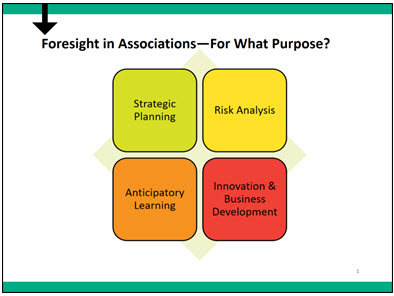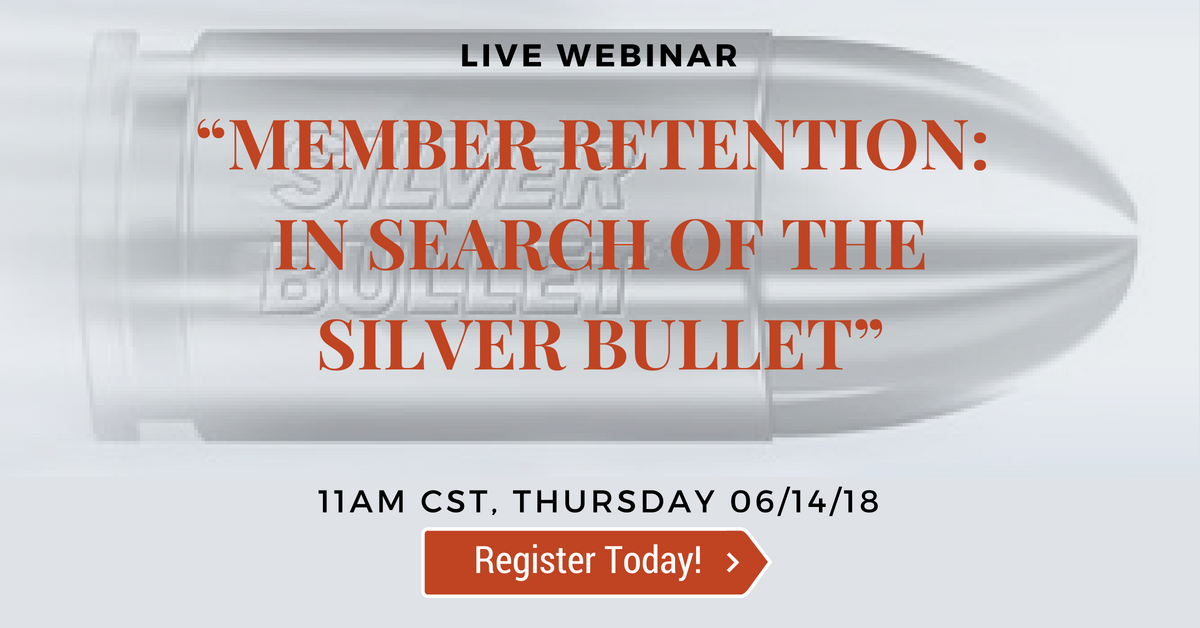
“Volunteer leaders and CEOs often focus on firefighting and dealing with the most current problems first... Boards especially tend to focus on just their own industry issues. That’s not to say they shouldn’t be having those conversations. But I think some discipline is required to look beyond the industry issues, to look into global trends.” ~Sue Pine, VP of Professional Development at Association Headquarters
The 3 D’s of Board Responsibility: The Duty of Care, Duty of Loyalty, and Duty of Obedience have been the expectations for boards of directors since I can remember. But as Bob Dylan once sang, “The Times They Are A-Changin” which includes the landscape around us and expectations of how leadership can help organizations to evolve and prosper. The board governance needed goes beyond fiduciary and legal responsibility. Governing for the future means boards are helping to build organizations that can thrive amidst constant change.
Do you have the right people on your board who can help plan for whatever comes next and who can collectively practice foresight for your strategic direction?
4 Reasons to Practice Foresight
First, let’s define Foresight. The American Society of Association Executives (ASAE) defines foresight as “a systematic, multi-stepped process for discerning, analyzing and acting on potential futures.” The blog The Culture of Foresight Associations Need explains how organizations can use foresight to conduct environmental scanning prior to strategic planning, identify risks that can lead to policy and regulatory changes, educate members on changes that affect them, and to anticipate future programs and services to better serve their members.

Unfortunately, most boards of directors fail to look further than 3-5 years ahead to anticipate changes that will impact their organizations and stakeholders. The traditional SWOT analysis commonly used only looks at the performance of the “rear-view mirror” and the most obvious factors in the current environment. But this type of analysis does not help to prepare for the opportunities and challenges that driving forces will create 5-10 years down the road.
The Role of the Board and the Duty of Foresight
“For associations to survive and thrive in a time of constant change, their leaders need to develop a clear-eyed and disciplined focus on the future. The duty of foresight is a responsibility that boards must embrace now.” ~Jeff De Cagna, Executive Advisor for Foresight First
In the article The Board’s Duty of Foresight, Jeff De Cagna argues that although the 4th D may never become a legal duty for nonprofit boards, it should be an essential strategic duty and moral obligation to association stakeholders. Cagna sees the work of governing as “deeper work” for leaders that would involve activities of continuous and rich learning above and beyond the normal reading and approving of monthly reports.
The inertia that many membership-based organizations experience is due to valuing the past more than the future. It’s easier to keep doing the same programs and operating with the same business model then it is to develop future scenarios that drive new ways to serve stakeholders in ways that aren’t currently imagined.
It’s important for board of directors to move from Sense-Making (understanding why we’ve done the things we’ve been doing) to Meaning-Making (considering how we can meet the future needs of stakeholders) and use Decision-Making to decide what to keep and how to capitalize on new and potential opportunities.
4 Actions to Begin Putting Foresight into Practice
“By now, most association professionals—in fact, most people in every walk of life—have become accustomed to change. We make plans, we have routines, and we can predict and manage potential disruptions—most of the time. But by almost all accounts, change will intensify and accelerate in the years ahead. What will we be doing a decade from now? How can we predict the changes that will affect how we work in the future?” ~From Foresight to Action, Associations Now

To prepare your organization to respond to the changing landscape, put these four actions into play:
- Create a culture of foresight in your organization among board and staff members and decide that it’s an imperative to develop your leaders to continuously think ahead.
- Subscribe to future-focused publications such as Futurist Hub, Shaping Tomorrow, Trends Magazine, or Scenario Magazine and engage board and staff members in discussions about trends and possible future scenarios and impacts for the organization.
- Review ASAE’s ForesightWorks initiative and learn how 41 drivers of change are projected to impact associations and determine which are the most important for your leadership team to address in planning your organization’s direction.
- Dedicate your next board retreat to discuss trends and drivers of change, possible scenarios and how your organization could evolve to meet future needs.
I hope this inspires you to act to design your organization’s future proactively. Let’s have a conversation about Foresight and how you can develop the culture you need to drive positive change. Just click here to schedule a complimentary 30-minute strategy session with me!
Cathi Hight, thought-leader and author of The Member Retention Kit, A New Approach to Tiered Membership, and Work Smarter, Not Harder programs helps you attract, engage, and retain members. She teaches you how to evolve your organization to stay relevant, deliver benefits your members value, and effectively communicate the value of membership. Learn more at www.hightperformance.com.


